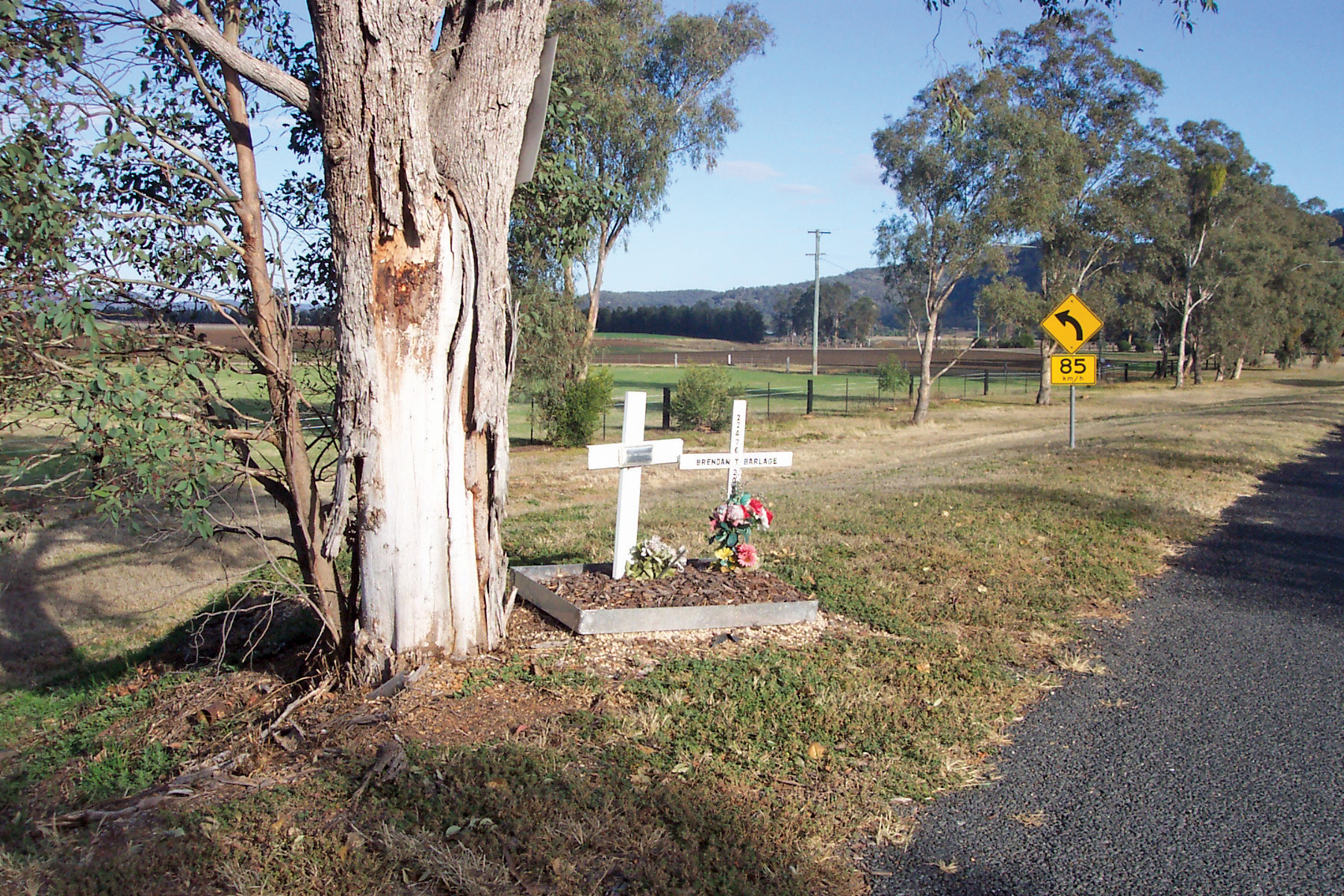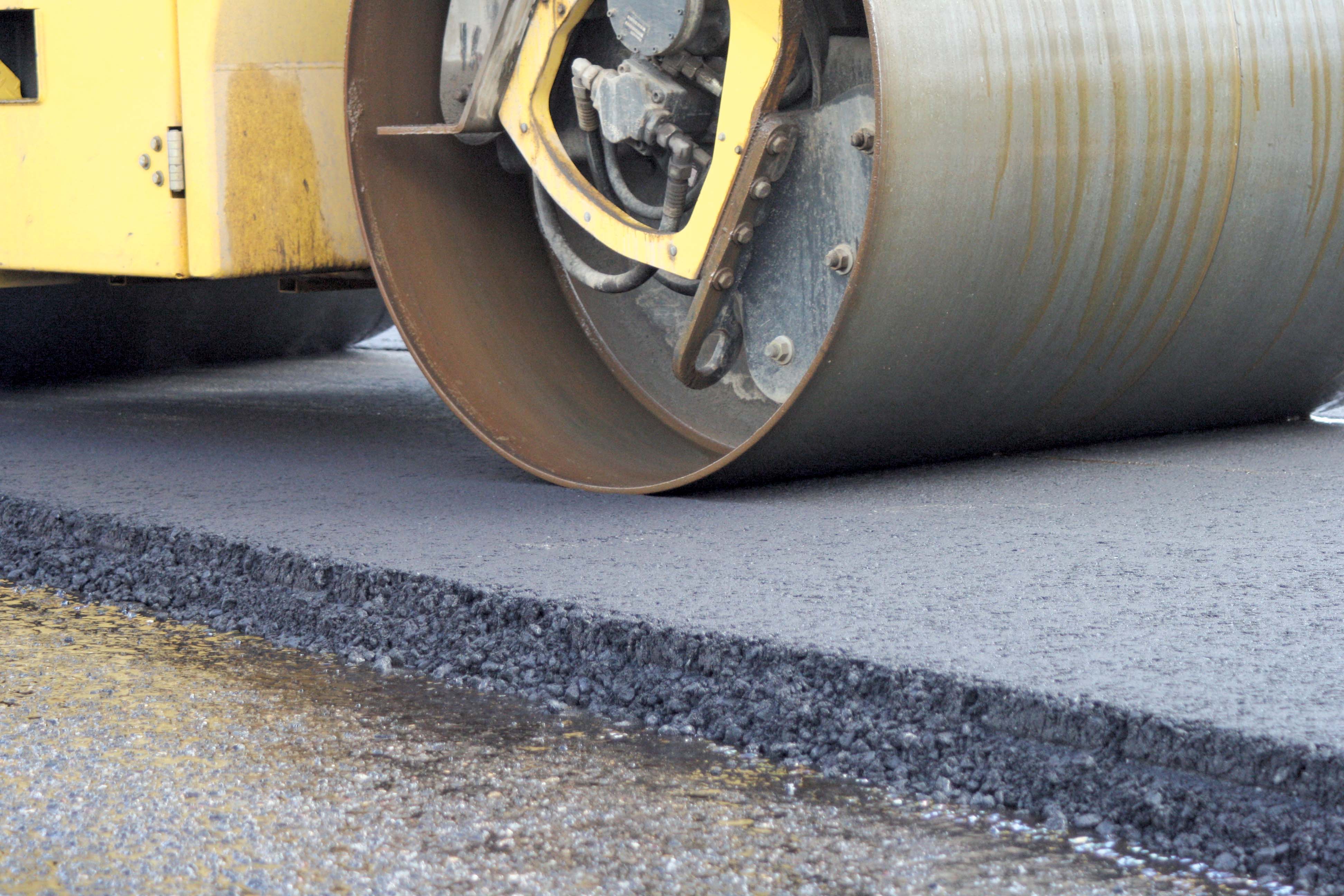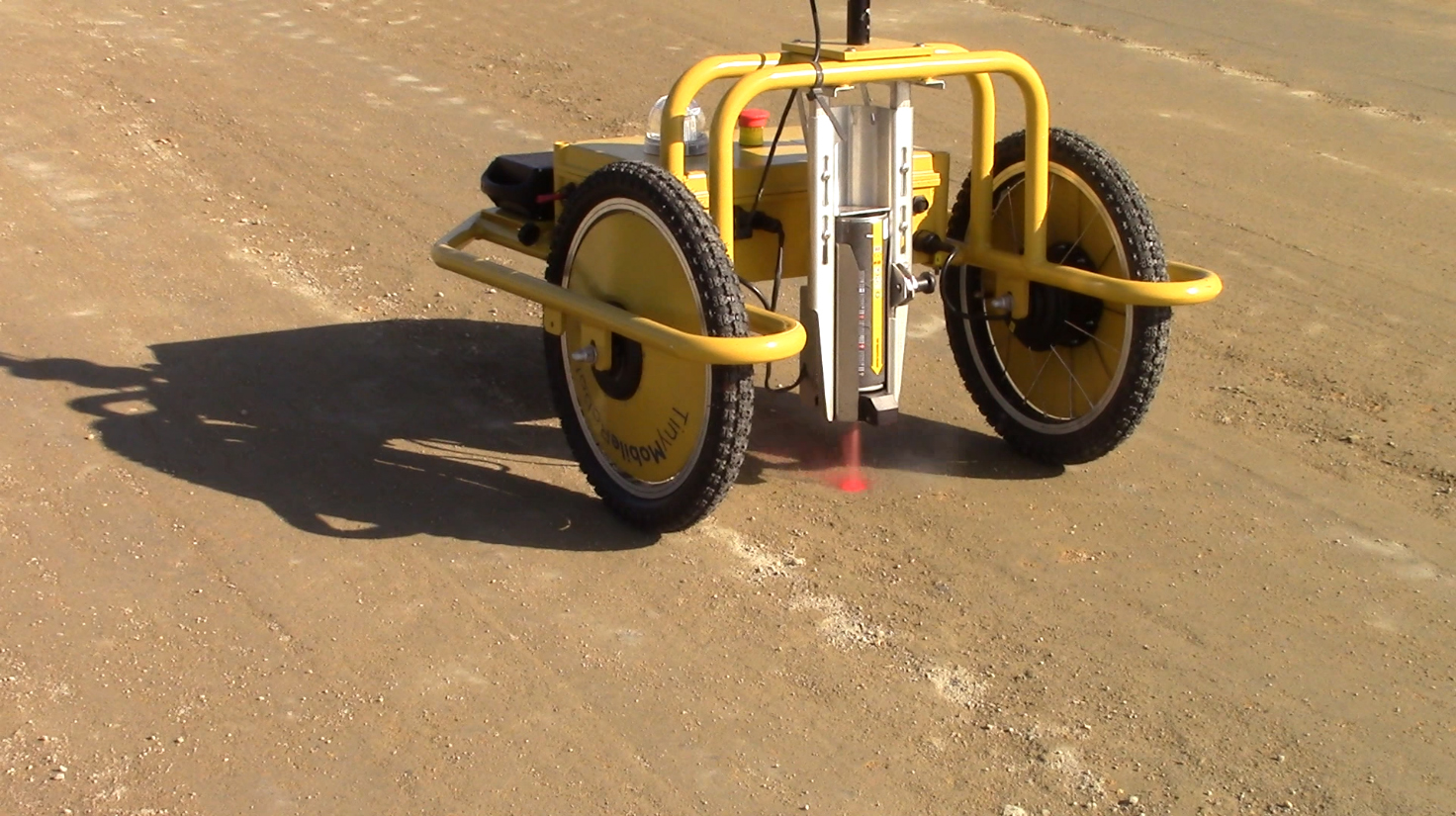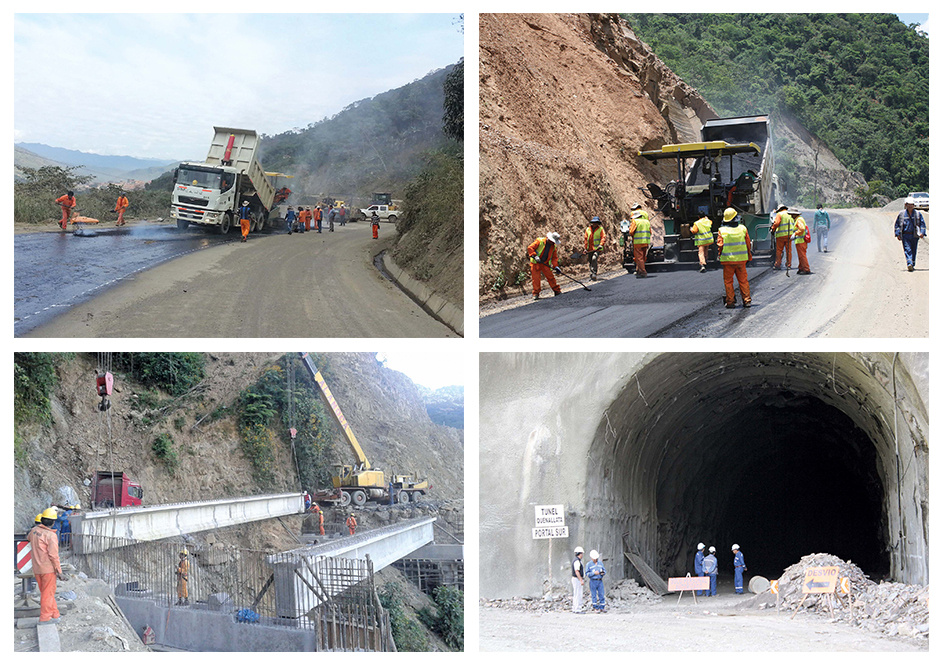A reliable knowledge base covering the effectiveness of different road safety engineering treatments allows informed decisions for the development of future road safety programmes. The information can be used to allocate resources to the most cost-effective projects, such as ones that will reduce casualties the most per dollar spent, as inaccurate information on treatment effect may lead to inefficient use of limited resources. A recent project undertaken for Australian and New Zealand road authorities (Aus

Poignant reminders about crash risks serve to warn drivers to take care, particularly from hazards such as roadside obstacles
ARRB’s *Blair Turner introduces ongoing work for Austroads to determine the effectiveness of road safety engineering measures
A reliable knowledge base covering the effectiveness of different road safety engineering treatments allows informed decisions for the development of future road safety programmes. The information can be used to allocate resources to the most cost-effective projects, such as ones that will reduce casualties the most per dollar spent, as inaccurate information on treatment effect may lead to inefficient use of limited resources. A recent project undertaken for Australian and New Zealand road authorities (Austroads) aimed to address this issue and to provide updated advice on the road safety benefits of engineering treatments.Previous Austroads research had, indeed, identified a lack of reliable information in this sphere.
During the first stage of the project, a number of treatments or road safety features for which the knowledge base was inadequate were identified. The assessment was based on literature reviews as well as stakeholder priorities. In view of the large number of gaps, and the time and budget available for this project, the knowledge gaps were prioritised.
A literature review was conducted for a number of road engineering-based treatments. Again given the large number of topics and the limited time and budget available, each review was restricted in scope and could not be considered exhaustive. Only research that contained information about the crash reduction benefit from treatments was included in the review, which greatly reduced the number of relevant publications.
Often, for any one issue, a variety of treatment effectiveness values were identified. In general, an average crash reduction value was taken across all studies that were considered methodologically robust.
A summary of the crash reduction effects with respect to casualty crashes for a sample of the treatments is given in the table. This also provides an estimated qualitative indication of the level of confidence for each crash reduction factor - based on the number of studies providing crash reduction information, the consistency of the results, the methodological robustness, the age of the research and the country in which the research was conducted. For instance, where four or more studies were available, each displaying reasonably consistent results and robust methodologies, a high level of confidence was assumed. Wherever possible, information on the crash reduction for different severity outcomes and crash types was provided. However, information on these factors is relatively scarce.
The project has identified crash effectiveness for 57 treatment types, for which 126 crash effectiveness values have been derived. An example of the crash reduction results for delineation treatments is provided in the table, and the full results can be found in a report on the Austroads website (%$Linker:
Compared to an earlier study on this topic (Austroads, 2010), the new report ensures that there is now more information available on treatment effectiveness (126 values compared to 104). The project has also led to an increased level of confidence in knowledge about treatments, with over half the values now being allocated a medium or high level of confidence.
For a number of treatments reviewed, however, it was not possible to determine treatment effectiveness. These included delineation treatments such as continuity lines, provision of wide edge lines, marking in wet conditions, provision of word and symbol pavement markings, transverse rumble strips at curves, railway level crossings and intersection approaches. They also included intersection changes such as extending right-turn lanes. In addition, they included pedestrian treatments such as the installation of pedestrian signals, installation of marked pedestrian crossings, converting marked pedestrian crossings to signals, and traffic management treatments such as closing a street.
Although this project has improved the reliability of information on the effectiveness of treatments, a number of knowledge gaps remain to be filled through further reviews of literature and experimentation.
During the course of this project, links were developed with an Organisation for Economic Cooperation and Development (OECD) initiative aimed at addressing the crash reduction effectiveness of different treatments, which has led to the establishment of an international collaboration to improve information on the crash reduction effectiveness of treatments (OECD, 2012). This will open up the great merit of road safety professionals from around the world contributing to an international collaboration once key gaps have been identified and prioritised through the OECD group. Moreover, guidance materials consistent with the approach recommended by the OECD have now been produced on methods to better evaluate the effectiveness of road safety treatments (Austroads 2012b).
The findings from this research will be disseminated widely, including through updates to the Austroads/ARRB Road Safety Engineering Toolkit website (www.engtoolkit.com.au). Aimed primarily at Australian and New Zealand practitioners, this site provides guidance on effective engineering treatments for addressing crash risk. An international version of the tool has also been developed, which too may be updated to reflect the findings from this latest research. Readers are also referred to the iRAP Road Safety Toolkit (http://toolkit.irap.org), which has been produced for practitioners, particularly those working in low and middle-income countries, requiring information on road safety solutions.
*Blair Turner, Principal Research Scientist, Safe Systems, ARRB, Australia, at blair.turner@arrb.com.au.
References
Austroads, 2010: Road safety engineering risk assessment: Part 6: Crash Reduction Factors, by B Turner, K Imberger, P Roper, V Pyta & J McLean, AP-T151-10, Austroads, Sydney, NSW.
Austroads, 2012a: Effectiveness of Road Safety Engineering Treatments, by B Turner, L Steinmetz, A Lim, K Walsh, Austroads, Sydney, NSW.
Austroads, 2012b: An Introductory Guide for Evaluating Effectiveness of Road Safety Treatments, by Dr P Cairney, B Turner and L Steinmetz, Austroads, Sydney, NSW.
OECD, 2012, Sharing road safety: developing an international framework for crash modification functions,
| Treatment | Environment type | Crash reduction | Crash Modification Factor | Confidence |
|---|---|---|---|---|
| Install guide posts | All | 5% | 0.95 | Low |
| Install raised reflective pavement markers (RRPMs) | All | 5% | 0.95 | Medium |
| Install chevron alignment markers | Horizontal Curves | 25% | 0.75 | Low |
| Pavement Markers | Provide edge line Provide centreline Provide combined edge and centreline Provide painted speed limits | 10% 20% 30% 0% | 0.9 0.8 0.7 1.0 | Low Low Low Low |
| Profile line Marking | Provide profile edge lines Provide profile centreline | 20% (all) 40%(run-off-road) 15% (all) 30% (head on) | 0.80 (all) 0.6 (run-off-road) 0.85 (all) 0.70 (head-on) | Medium Low Medium Low |
New director general for IRF Geneva
Ian Webb is taking over as director general of the












